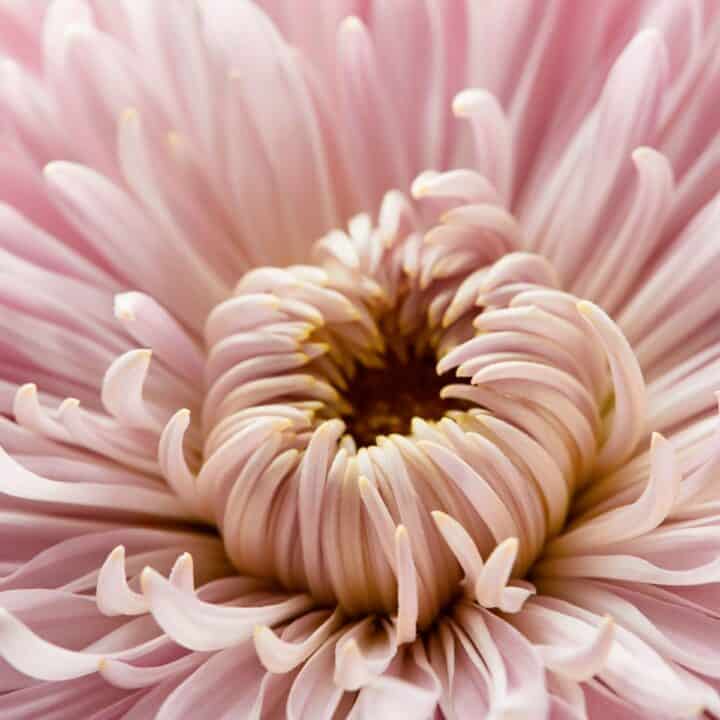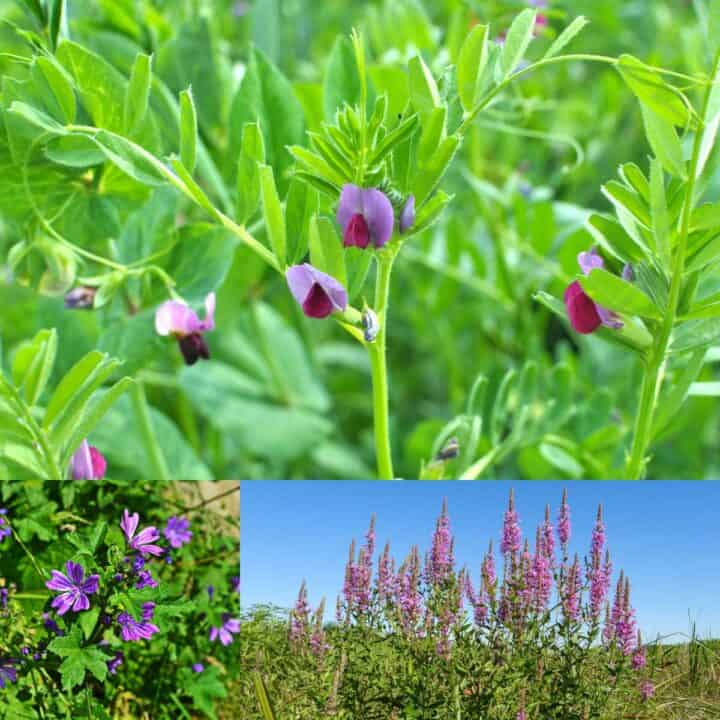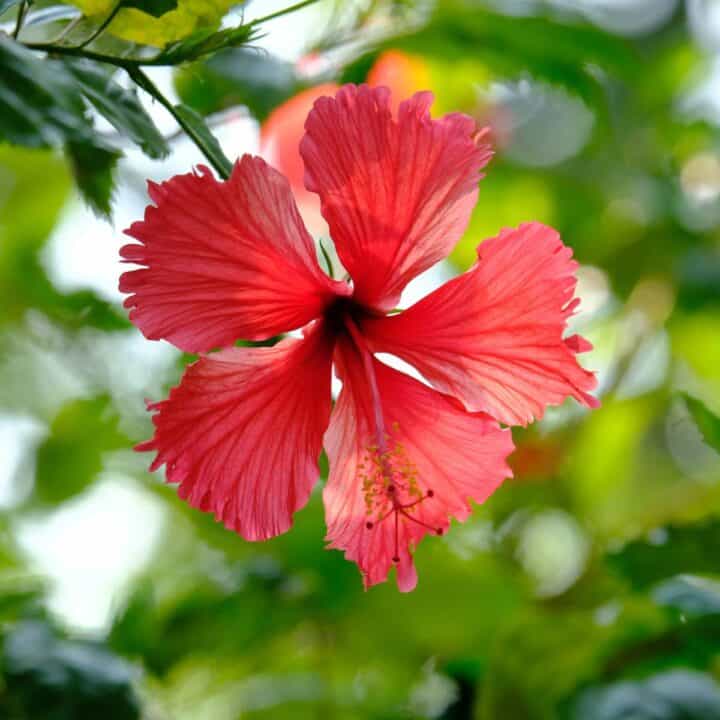Explore the benefits of companion planting herbs in your garden. Learn which herb pairings enhance growth, improve flavors, and deter pests, helping you create a thriving, aromatic, and eco-friendly garden space.

The Art of Companion Planting
Companion planting is a garden strategy where plants live side by side for mutual benefit. It's a smart way to grow herbs. By placing certain herbs near each other, you enhance flavor, boost plant health, and ward off pests without using chemicals. This technique taps into the natural strengths of each herb. Some herbs, like basil, emit scents that repel pests and attract beneficial insects. Others, like dill, can improve the growth of cabbage family veggies.
Consider it a living partnership in your garden bed. Companion planting leverages the unique properties of herbs to create a robust garden ecosystem. It's about more than just aesthetics; this approach can lead to a healthier harvest. You can witness plants thriving as nature intended.
Companion planting isn't just practical. It brings out the best in your garden. Think of it as a social network for plants, where each connection has a purpose and benefits the community as a whole. By adopting this method, you embrace an age-old gardening wisdom.
In a Nutshell:
- Companion planting: It enhances garden health and flavor through plant synergy.
- Natural benefits: The strategy combines plant properties to control pests and boost growth.
- Garden ecosystem: This method fosters a thriving, interconnected plant community.
Science Behind the Symbiosis
Plants Thrive Together: Companion planting works wonders in the garden. Certain herbs have natural properties that help nearby plants. They guard against pests without needing chemicals. Herbs like basil, mint, borage, and lemon balm send strong scents into the air. These aromas confuse and deter troublesome insects. Borage, in particular, is known for its ability to repel pests like tomato hornworms and improve the growth and flavor of strawberries, while lemon balm, with its citrusy scent, can help keep mosquitoes and other unwanted bugs at bay.
Soil Quality Improves: Companion herbs contribute to nutrient-rich soil. Their diverse root systems create space and help soil breathe. This environment promotes healthy microbial life. Better soil structure allows for enhanced water retention and nutrient availability. Herbs work below the surface to improve the conditions their plant neighbors need to flourish.
Pollinators Come Visiting: Flowers of herbs like rosemary and lavender attract bees and butterflies. These pollinators are essential for many vegetables and fruits to produce. By bringing in helpful insects, companion planting ensures a productive and vibrant garden. It's a natural mechanism to boost garden fertility and yield, benefiting all plants involved.

Herb Pairings for a Prolific Garden
Imagine basil nestled among your tomatoes. It serves a mighty purpose beyond its culinary zest. Basil repels pesky whiteflies and energizes the tomato plants. Your garden thrives as these companions bolster each other's growth. Think of rosemary standing guard, its pungent scent warding off cabbage moths.
Now picture marjoram and oregano. These fragrant neighbors entice pollinators and are fierce in fighting off destructive insects. They join forces to protect and nurture a shared space.
Diversity in the garden is not just about aesthetics; it's a strategy for healthier plants. By mixing rosemary, basil, and other aromatic herbs, your garden becomes a stronghold. These herbs shield their vegetable companions from attacks while sharing their essential oils. It's a partnership rooted in nature's wisdom, yielding a harvest that is both generous and delicious.
Preventing Pests Naturally
Gardeners often seek natural solutions for pest control. Planting herbs can serve this purpose well. Certain varieties deter unwelcome insects, making them powerful allies in the garden. Basil plants emit a fragrance that repels whiteflies and mosquitoes. These pests can devastate a garden if left unchecked.
Marigolds are not herbs, but they offer a noteworthy mention. Their bright flowers attract beneficial insects like ladybugs and bees. These insects promote pollination and combat pests like aphids. The scent of rosemary can ward off cabbage moths and bean beetles. These pests pose a threat by munching through leaves, endangering the harvest. Similarly, lovage emits a strong aroma that is particularly effective in repelling aphids, which are known to damage a wide variety of plants.
Enhancing Flavor and Aroma
Companion planting herbs works wonders in the garden. Aromatic herbs like basil and oregano release compounds into the soil. These compounds can enhance the flavors of nearby vegetables. Planting basil close to your tomato plants is a good idea. This herb can help intensify the tomatoes' taste.
Herbs have unique scents that benefit the garden. Strong aromas can mask the smell of vegetables, protecting them from harmful pests. The scent of rosemary might confuse hungry insects, while the fragrance of thyme can promote the growth of others. When you plant these herbs together, their intertwined scents create a harmonious blend. This blend can attract pollinators and beneficial insects, leading to a more fruitful garden.
The dance of flavors and aromas is a natural way to enrich your garden's bounty. As you walk through, you'll notice a tapestry of scents that entice both you and the bees. Tending to your herb companions, you witness the full-bodied taste they give to each harvest. The art of companion planting herbs truly brings your garden to life.
Introducing chives near other plants can protect them from hungry invaders. Chives provide a strong scent that repels aphids and mites. This demonstrates nature's balance, using plants to provide protection. By enlisting the help of these herbs, you can maintain a healthy garden without depending on chemicals.

Cultivating Your Herb Garden
Starting an herb garden requires attention to detail and understanding the needs of your plants. Consider the sunlight availability; most herbs thrive in full sun. They benefit from at least six hours of direct light daily. Observe your garden to find a spot that meets this requirement. Next, evaluate the soil type. Herbs prefer well-draining ground, so choose an area where water doesn't pool. Whether your soil is dry or moist, amending with compost can improve its structure.
Water needs for herbs can vary. Some, like lavender, prosper in dry conditions, while others, such as basil and parsley, need consistent moisture. Sage, on the other hand, thrives in well-drained, slightly drier soils, much like lavender. Strike a balance by watering deeply but infrequently to encourage strong root systems. Be mindful of growth habits, too. Some herbs, like mint, spread rapidly. Planting mint in a contained space or pot prevents it from overtaking your garden, while sage and parsley are less invasive and can be planted directly in garden beds.
Group herbs with similar requirements together. This practice streamlines care and ensures each plant gets the right amount of sun, water, and nutrients. Incorporating companion herbs leads to a more productive and aromatic garden. Above all, remain patient. Establishing a flourishing herb garden takes time but the flavorful rewards are worth the wait.
Harvesting the Herbal Benefits
Herbs bring more than just flavor to the table. They offer a treasure trove of health benefits too. Companion planting these versatile plants means you're always close to a fresh supply. You grow your cuisine’s partners right outside your door. And by picking herbs like rosemary, thyme, or basil, you also harvest their medicinal qualities. For instance, rosemary's woody scent aids memory, and thyme’s pungent leaves are known for soothing sore throats.
This ancient practice goes beyond personal benefits. It supports local ecosystems as well. Diverse herb gardens attract pollinators like honey bees and hummingbirds. These tiny visitors keep plants thriving. With a well-planned garden, you foster biodiversity. You create a space where culinary and medicinal plants flourish side by side.
Embrace the dual virtues of these plants. Consider adding functional herbs to your garden blueprint. Opt for varieties that suit your cooking preferences and health needs. You'll soon enjoy a lush, aromatic space. A space that brings both zest to your meals and wellness to your life.

Herbal Inspirations for Gardeners
Imagine stepping into a garden where every plant thrives in harmony. Companion planting invites you to create such a space. Growing herbs together does more than just complement flavors. It fosters a healthy environment where plants support each other's growth.
By companion planting, you welcome a thriving ecosystem right at your doorstep. The natural fragrances of herbs work daytime and night to repel unwanted pests. This practice reduces the need for chemicals, allowing your veggies and herbs to grow organically.
As seasons change, so does the garden landscape. Yet, the companionship between your chosen herbs and vegetables remains constant. This bond strengthens over time, improving soil quality and increasing yields. Every harvest brings a sense of accomplishment and the pure joy of gardening. Embrace these principles and watch as your garden transforms into a beacon of biodiversity and beauty.







Comments
No Comments